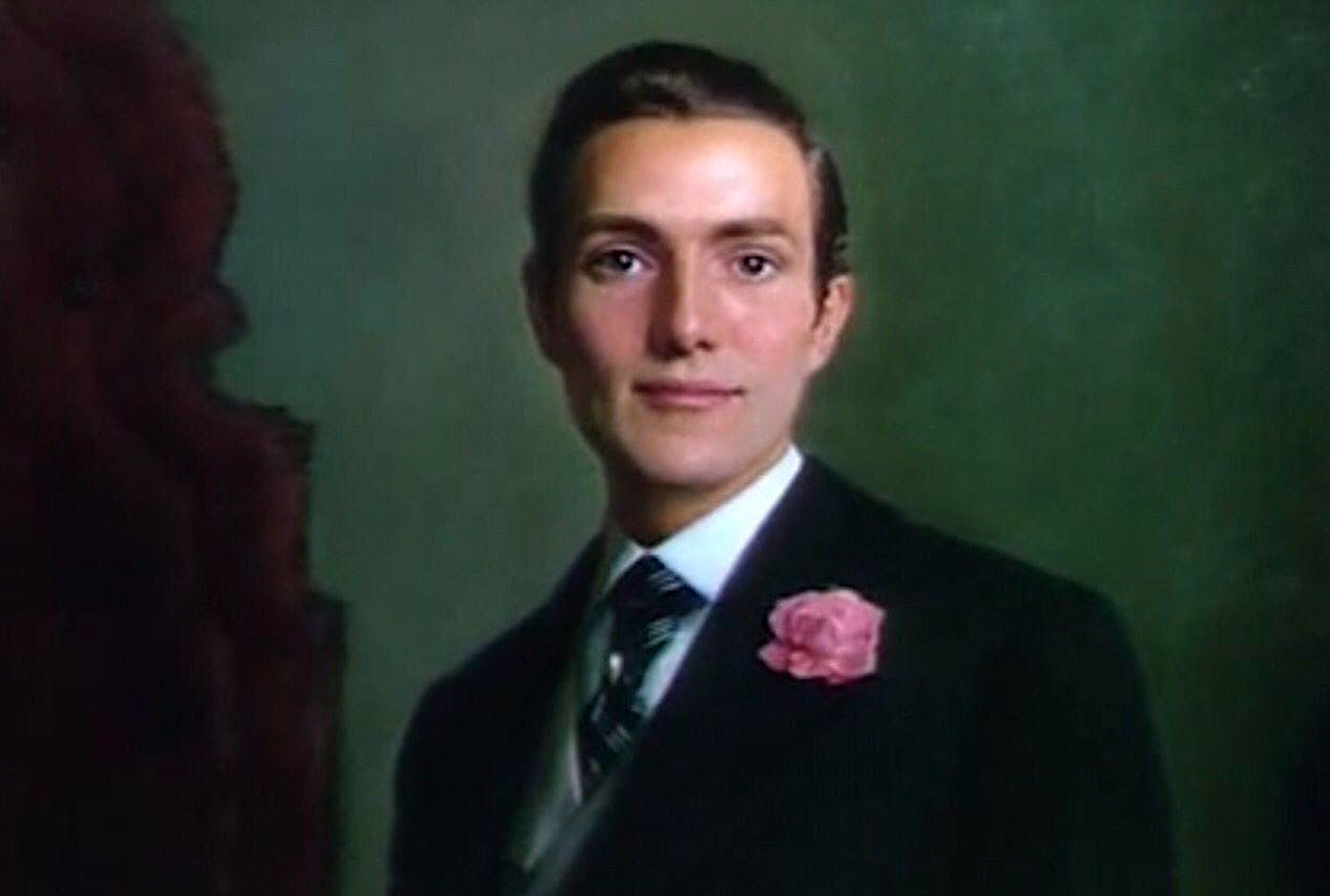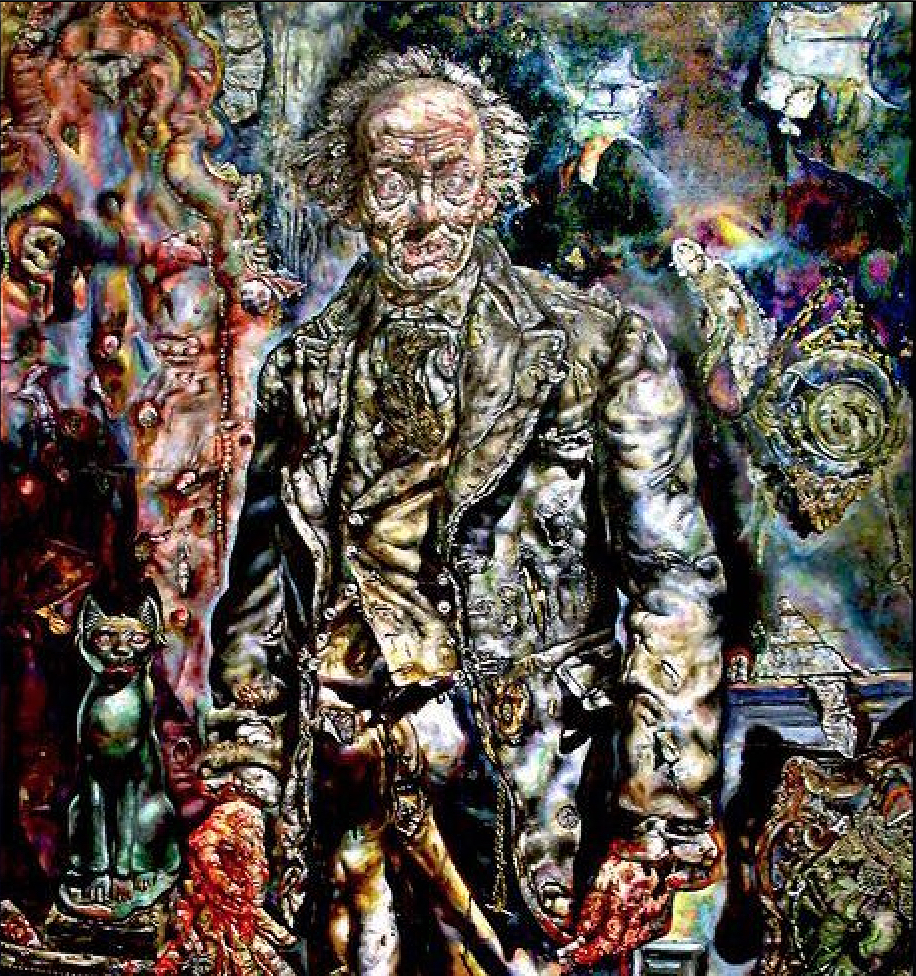Until last night I’d never seen Albert Lewin‘s The Picture of Dorian Gray (’45). I’d caught a mid ’70s BBC adaptation but never the Hollywood-stamped film. Lewin directed and wrote the screenplay adaptation of Oscar Wilde’s 1891 novel, and so the dialogue (especially when spoken by George Sanders‘ drolly effete character, “Lord Henry Wotton” character) is delicious.
But what an oddly gayish film…gayish but closeted and corseted to a curious extreme. The face of Hurd Hatfield‘s Dorian Gray isn’t just exquisite to look at, but there’s something else going on — Hatfield’s expression suggests that he’s fully aware of his beauty and his effect upon others, and that’s an unattractive counterweight. He doesn’t seem human, like a robot of some kind. Stiff as a board.


In a 10.20.20 Criterion essay titled “Queer Fear: Dorian the Devil,” Michael Koresky writes that the film “is a central work of ambiguously queer cinematic horror. Like in Wilde’s original, Dorian Gray’s sexuality remains ethereal and slightly unknowable; the ‘love that dared not speak its name’ in late-nineteenth-century England found an easy correspondence with Hays Code–era Hollywood, which forced every inference of homosexuality to exist within winking subterfuges. Just one year after The Uninvited, we have a version of Dorian Gray as a strange, otherworldly being, seemingly incapable of human feeling.”
From a Hurd Hatfield Tumblr page: “Truth be told, Hurd’s so-called ’emotionless’ performance in The Picture of Dorian Gray (1945) was 100% on Albert Lewin’s direction. According to Angela Lansbury, Lewin would stop rolling the cameras once Hatfield registered an obvious expression on his face. Much to Hurd’s frustration because his usual acting style is quite animated, Hurd wanted to perform with more emotion just like the character in the novel. Alas, the director’s power overrides that of the actor’s.
“Film scholars have rationalized Hatfield’s minimalist performance on the notion that his character essentially became the painting itself. Dorian wished to have eternal youth while the picture would age in exchange for his soul, thus the man and painting traded places. The painting has life, it grows old and grotesque as a consequence of Dorian’s actions. Dorian, a man with no soul, lives in shallowness and emptiness as reflected in his mask-like face.
“But Hatfield’s Dorian Gray was not totally devoid of emotions. Despite having both hands tied behind his back when making this film, Hatfield managed to slip in some quiet emotional expressions. He did the best he could with an almost impossible role. And even though Hatfield had a hard time with it and many people may not understand fully, Lewin had legitimate reasons to direct the way he did. In result, the film up to this day is considered a classic and it is the best film adaptation to Oscar Wilde’s novel.”
My favorite Hatfield performances are (a) Pontius Pilate in Nicholas Ray‘s King of Kings (’61) and his wealthy gay guy character in Richard Fleischer‘s The Boston Strangler (’68).

